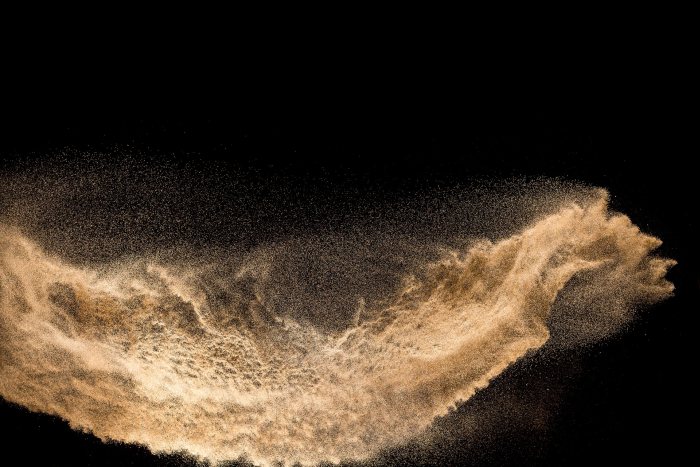
Gatekeeping processes online are changing constantly and being affected by so-called secondary gatekeepers. The new article by Alfred Hermida of the University of British Columbia, presents a conceptual framework on the topic.
It examines how news items gain attention in the circulation phase: what gatekeeping processes take place after publication. These processes can be observed, for example, when social media users are selecting news to share, or perspectives to amplify (or counter).
Hermida goes through a vast number of studies concerning gatekeeping. In his framework, the author introduces four Ps, elements that help analysing what happens to news post-publication:
- publics: actions of individuals in aggregate as publics
- platforms: the impact of platforms as institutionalized spaces for news
- paraphernalia: the objects of media consumption and exposure, and
- practices: the temporal and spatial contexts for practices of news circulation and consumption.
“The Four Ps outlined in this article advance a model to bring order to the supposed chaos of media exposure and consumption in a digital media ecosystem”, the author concludes.
Research using this framework could dive into exploring how these four Ps interact with each other to affect how news items gain attention, to trace processes around specific stories after they have been published, or to address concerns about polarization and balkanization of media experiences, to mention a few.
The article “Post-Publication Gatekeeping: The Interplay of Publics, Platforms, Paraphernalia, and Practices in the Circulation of News” was published in Journalism & Mass Communication Quarterly and is available on the publisher’s website (free abstract, full text behind paywall).
Picture: Sand dust explosion by 11891922, license Pixabay